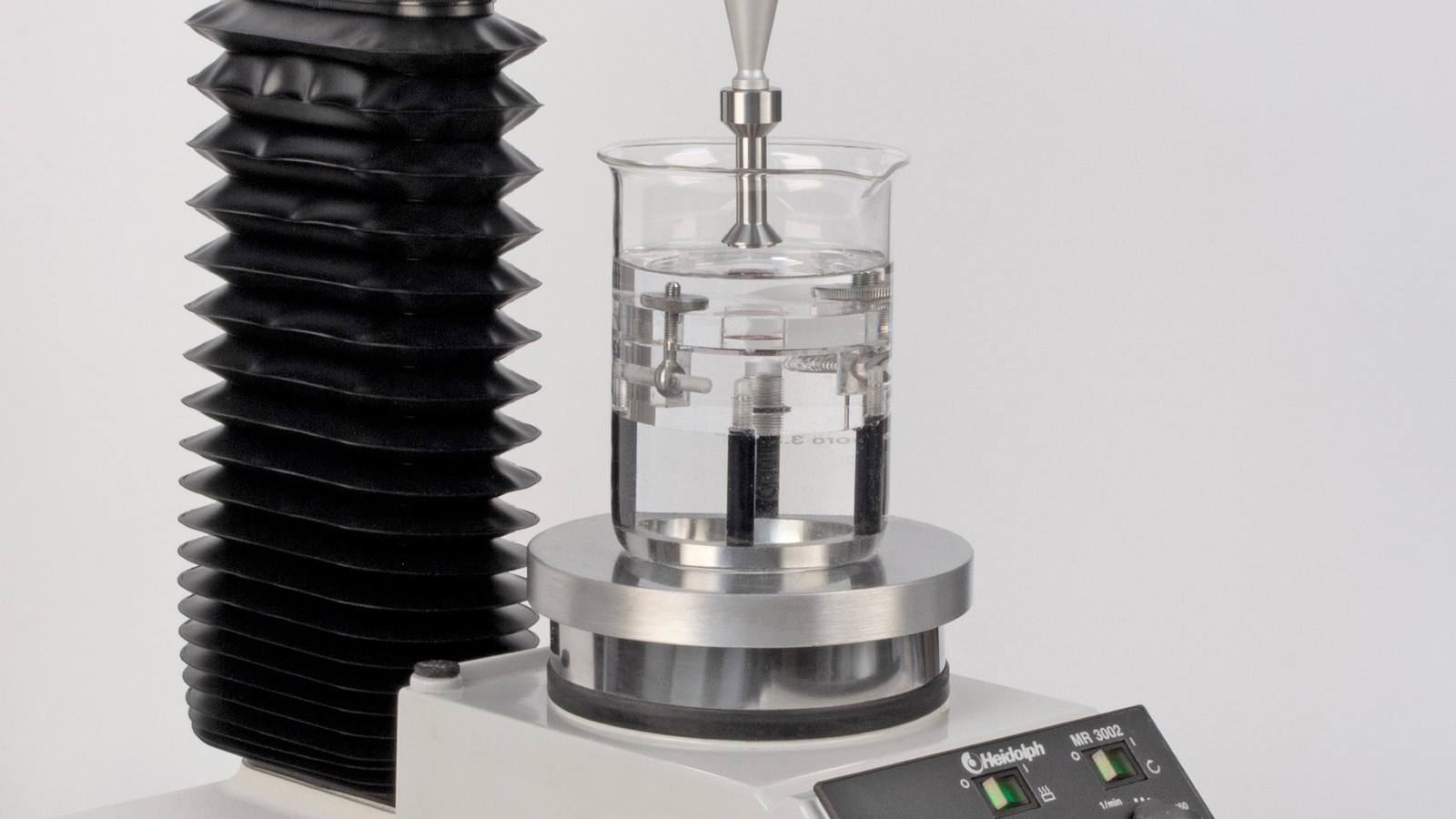
Development of a standardised method for measuring bioadhesion and mucoadhesion

The TA.XTplusC Texture Analyser has emerged as a useful tool for measuring bioadhesion bond strength. The determination of the adhesive properties of pharmaceutical dosage forms is important in their development and several methods have been developed for these measurements. Tests of solid dosage forms, semi-solids such as ointments and gels and even systems which solidify on contact with the target organ can be performed using alternative measuring probes. The measurement of adhesive properties has already been reviewed for transdermal adhesive products and the same adhesive test guidelines and curve analysis techniques apply for the measurement of mucoadhesion.
Developed at the University of Strathclyde, and since adopted by a number of groups in Britain and Europe, the Mucoadhesion Test Rig offers a number of advantages over systems previously used for the assessment of mucoadhesion. Where conditions close to those found in vivo are required, the Mucoadhesion Test Rig provides the ability to set-up the tissue samples in a vessel of temperature regulated gastric fluid and lower a probe with the attached solid or semi-solid dosage form onto the tissue.
Recently, a systematic method for measuring the bioadhesive capacity of pharmaceutical dosage forms (for topical and internal mucosa applications) has been successfully developed. The method proposed may enable the comparison of results across studies, i.e., results obtained using the same and different pharmaceutical formulations (in terms of bioadhesion/mucoadhesion capacity). This method could also facilitate the selection of potentially suitable formulations and adhesive products (in terms of their bioadhesive properties). The proposed method was found to work on formulations of different natures, namely, solid formulations (minitablets and pellets) and semi-solid formulations (emulsions).













